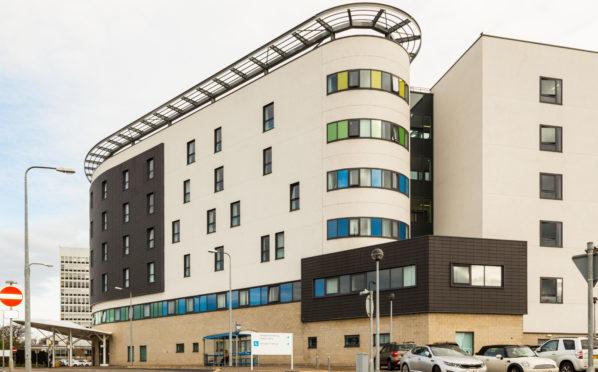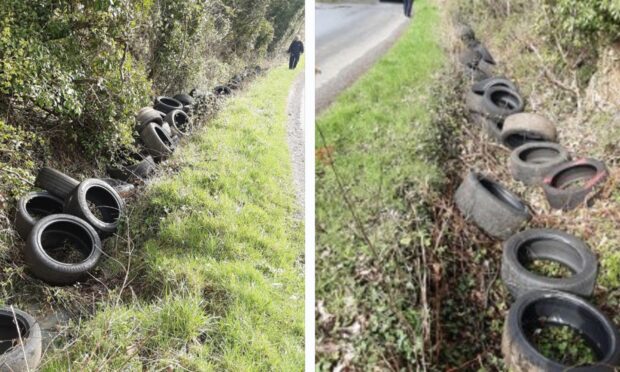A staff survey by NHS Fife has found that more than a third of employees have no confidence or trust in the authority’s senior managers.
Workers were quizzed on their experience of working for the health authority, in research aimed at guiding staff governance planning.
Only 64% said they had confidence and trust in bosses responsible for the wider organisation.
The same proportion said they were confident performance was well managed.
Even fewer, 61%, felt the same managers were sufficiently visible, and just 56% said they felt involved in decisions relating to the organisation.
The responses from more than 6,500 employees of the health authority and Fife health and social care partnership were flagged up to NHS Fife board in a report on the introduction of the “iMatter” staff engagement tool.
Board member Wilma Brown said: “If only 56% of our staff said they felt they were involved in decisions, that’s 44% that don’t and that’s the kind of thing we need to be getting underneath.
“I think it is absolutely crucial to financial aspects. It matters to our attendance levels, retaining and recruiting staff and making staff feel valued at work.”
The iMatter tool replaces the national staff survey and is designed to help health boards and teams understand and improve how motivated, supported and cared for employees feel.
Director of workforce Barbara Anne Nelson said: “Understanding the staff experience at work is the first step to putting in place measures that will help to maintain and improve it.
“This will benefit employees, patients, clients, their families and other service users.
“The draft 2018-19 staff governance action plan has focused on objectives on the areas staff have responded to least positively.
“Initiatives continue to focus on improving staff health and wellbeing and provide greater opportunity for staff to interact with senior managers across the board and have more involvement with their teams and directorates in being involved with decisions that affect them.”
The survey also found 83% had confidence and trust in their direct line manager, 83% felt they were treated with dignity and respect and 81% said their work gave them a sense of achievement.










